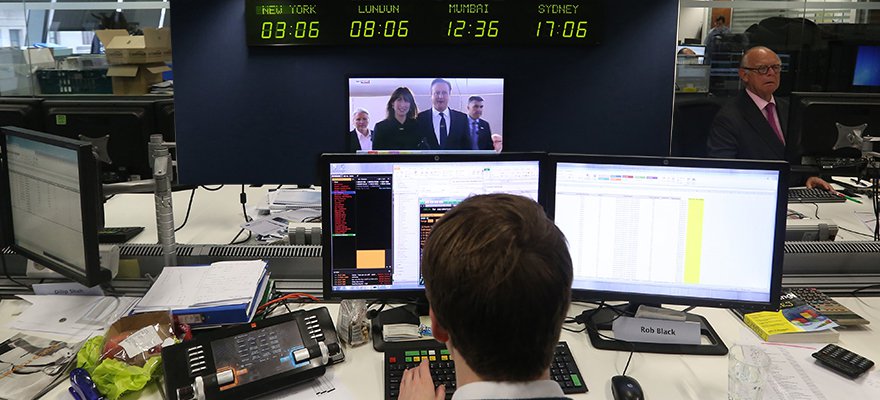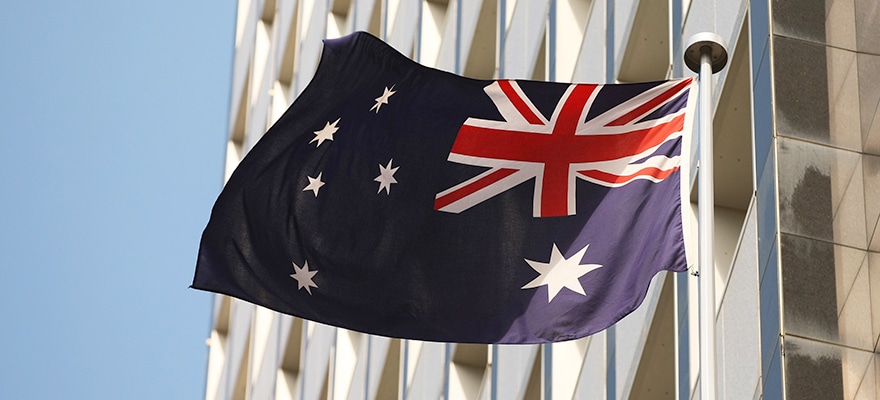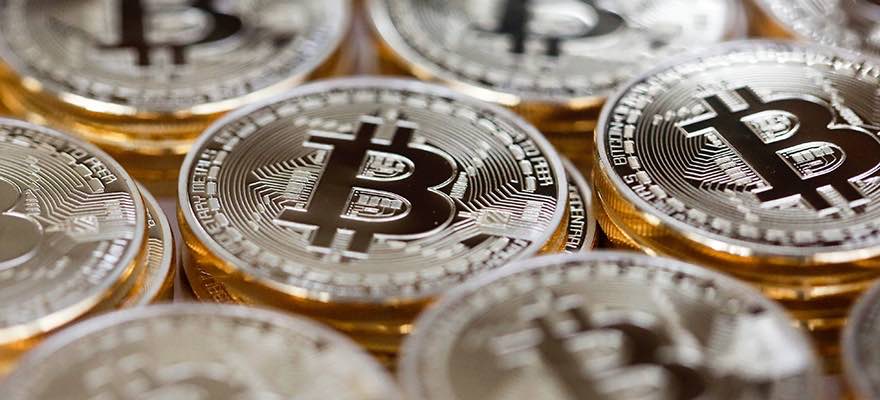When it comes to opening a brokerage in the Asia-Pacific (APAC) region the question is not if you should, but how you can. Overall the region is ripe for opportunities to be developed, but the challenge is how to do it right, because with entirely different structural and policy settings in place, it’s all too easy to get it wrong.
[gptAdvertisement]
Asia has a number of attractive demographics, including both a heavily populated and growing middle class that is in possession of a disposal income and only lightly regulated. Asia is certainly worth exploring with regard to a geo-expansion for brokerages.
To unlock the Asian market, register now to the iFX EXPO in Hong Kong.
Moreover, Asia is comprised of seventeen different countries and territories, each with vastly varying financial economies and Regulation conditions, however what they all share is a fundamentally different way of doing business than what we are used to in the West.
Korea for example enjoys year on year growth of GDP, one of the region’s highest rates of mobile device usage and a retail FX volume of $1.4 billion. In contrast, Japan is quite heavily regulated, but also represents one of the region’s highest retail foreign exchange (FX) volumes at $144 billion.
Meanwhile, China’s unprecedented growth in GDP has meant that the average household now has disposable income which they can invest. Like any region, some markets are more open to trading then others, yet according to many industry experts across the APAC region, the countries that represent the most fertile grounds are Indonesia, Malaysia, and the Philippines. All of which have a growing GDP and promise to be great hubs for FX.
Indonesia, a Sleeping Giant?
Indonesia is characterized by its staggering population, which is expected to be at 269 million by 2020 – this makes it the fourth biggest population in the world. The OJK, the Indonesian government agency that regulates and supervises the financial services sector, recently passed its first body of regulation in relation to trading in the year 2000.
With now over 17 years of experience, Indonesia has a relatively mature market with regulation policies that are more advanced and organized than the rest of the region, excluding Japan.
There are roughly around 75 regulated brokers in Indonesia, many of whom will market and facilitate their business operations with clients in English.
Since the economy boomed in 2008 there has been a growth in GDP by almost 10% year on year. This has created an emerging middle class of people who are sufficiently wealthy to find alternative means of investment, other than saving. Much of this population is familiar with trading and possess a workable knowledge of how the FX market operates.
The maturity of the market has entailed that regulation is strong and certainly more robust than other South East Asian countries. This is reflected in the volume distribution of both on shore and off shore brokerage services available.
Whilst the Indonesian market is certainly enticing, it is also very complex. Under the current regulation framework in Indonesia if you want to promote your brokerage you must hold a local license, otherwise it is illegal to do any commercial activities inside the country.
Another hurdle that needs to be overcome is the method of payment processing, a very low percentage of people (around 10%) own a credit card. Instead, the main medium for accepting and receiving Payments is via FASAPAY, therefore you will need to make sure that you have a PSP that offers compatible services.
In Indonesia there is no question of whether the client volume exists; they’re there, they’re educated and they’re willing to trade. Instead, the work is a matter of driving clients to your brokerage, unlike other regions that still require development.
Malaysia
What the population of Malaysia lacks in size (only around 13 million), it more than makes up for in wealth, where it has the highest per capita income in the south east Asia region. Malaysia boasts a sophisticated financial trading environment that is characterized by its labyrinthine marketing system.
The industry is regulated and supervised by the Labuan Financial Services Authority, which was established in 1996 and only gives provision for off shore licenses. Officially, trading in Malaysia is illegal, you can operate a brokerage in Malaysia, but your customers can be from anywhere but Malaysia.
Yet this illegal status has not stopped the trading industry from gradually developing over the past fifteen years, to the point of now being a fairly mature market. The wide scale unregulated operation of the trading industry represents a highly tempting opportunity to brokers who wish to find a wealth of new clients relatively easily.
However, this does make an absolute mess of standard Western marketing processes, which are not allowed in Malaysia. Instead normal marketing techniques have been replaced by Multi-Level Marketing (MLM) schemes that feed into multi-level introducing broker (IB) networks.
This system has a single IB at the top, who has a group of subsidiary IBs beneath him, who in turn have a number of subsidiary IBs beneath them. On it goes until a pool of traders are found on the bottom tier, their deposits feed the entire eco-system, with each IB taking their percentage cut all the way back to the top.
Considering that there are no formal advertising expenses, this mode of operation becomes feasible. Furthermore, because all clients are supposedly offshore, the payment system is fairly straightforward being restricted to credit cards.
The MLM system in Malaysia creates a very strong 'money game' culture, where the mode of marketing is predominantly through word-of-mouth and social media. The most popular method of social media is by using instant messaging tools, particularly WeChat and to some degree LINE, a communication messaging tool which is favored in Japan.
Philippines, Unchartered Territory
Much like other countries in the APAC region, the Philippines also represents a unique set of circumstances. To begin with, it holds a population of over 100 million people. While the vast majority of the population is characterized as extremely poor, and there is a distinct absence of a middle class, there is an exceptionally wealthy population that could easily make regular deposits of $100.
While this wealthy class may only represent 5% of the population, that’s still 5% of 100 million, or 5 million people. Another unique aspect of the Philippines is that the FX market is highly immature. To date, there is not a single licensed and regulated broker based in the Philippines.
The Philippines Exchange Council (SEC) prohibited FX trading in the region, therefore all operations that do occur are unregulated and characteristically haphazard. The population’s knowledge of trading and the markets is very poor and infrastructure is highly limited, although English is widely used for communication amongst the wealthy class.
Furthermore, formalized payment methods in particular are difficult to organize, presenting another challenge. The Philippines has one of the lowest rates in the world of people who hold a credit card, instead traders prefer to use the local e-wallets.
The attractiveness of entering the Philippines rests in the fact that the FX market is virtually virgin territory. The number of brokers to population is extremely low, and likewise, the number of brokers to GDP, makes the Philippines a highly attractive region in APAC.
However, brokers considering entering this market will need to dedicate their efforts towards educating their clients and fostering a pool of prospects who would be willing to trade on their platform.
This article was written by Adinah Brown from Leverate.

















